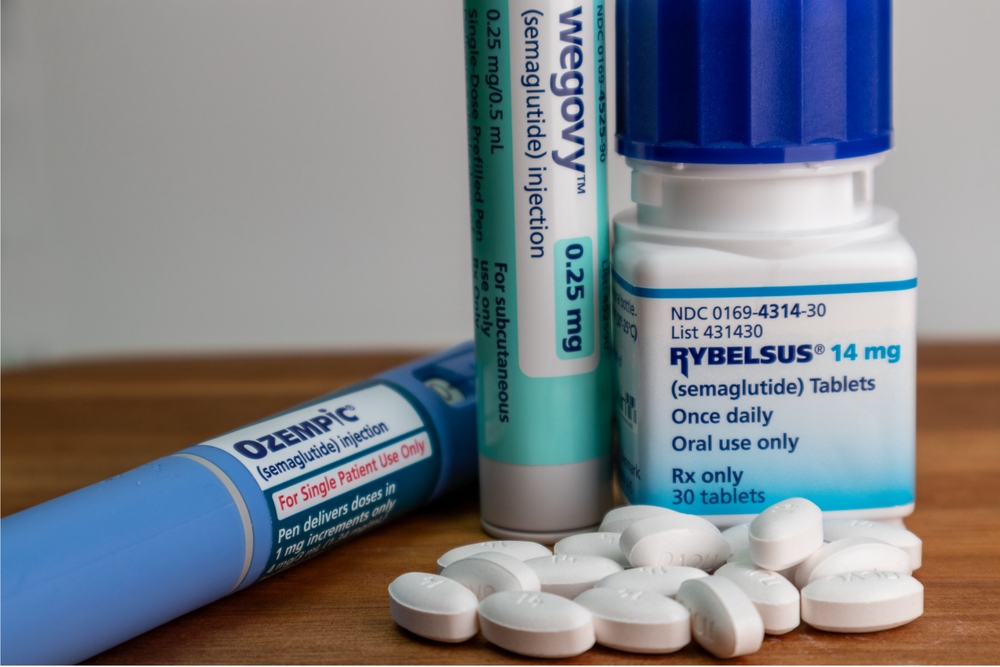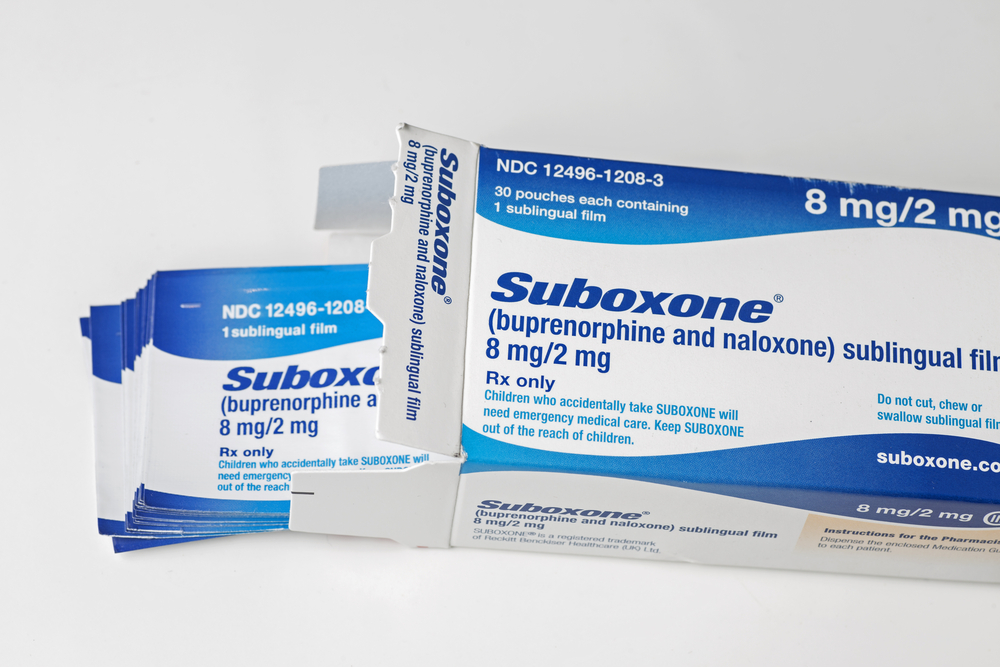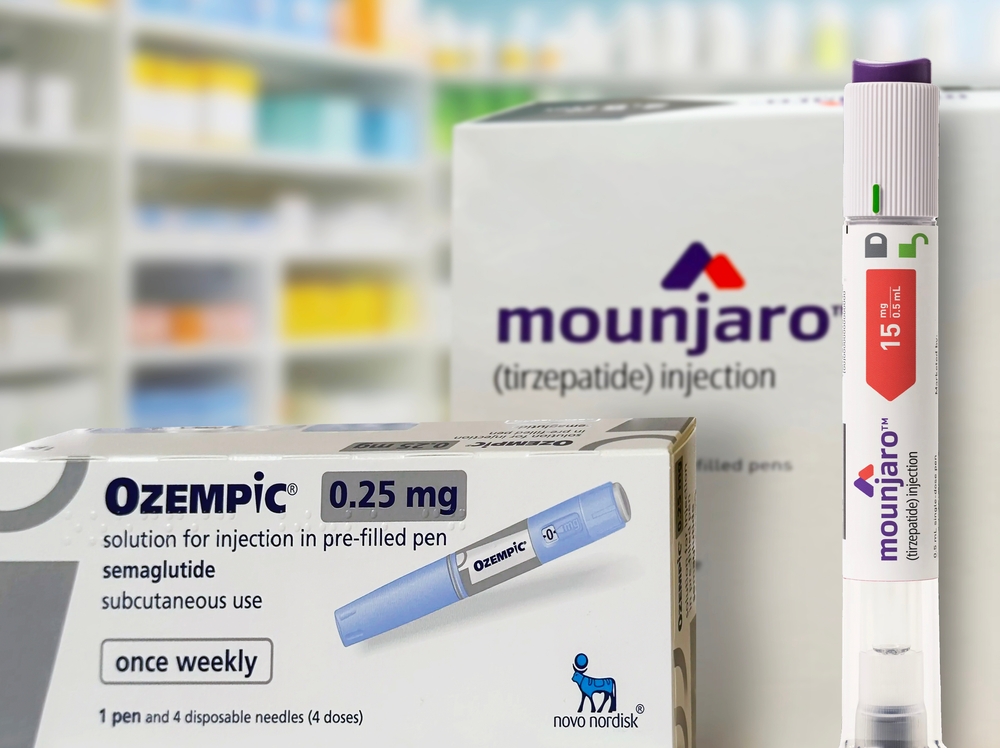Despite Opioid Settlements, Overdose Deaths Are Increasing
In 2020, as the COVID-19 crisis raged, the Centers for Disease Control and Prevention (CDC) saw the number of fatal drug overdoses increase by 30 percent, with more than 100,000 deaths across the country.
Unfortunately, it appears now that while the COVID-19 crisis is now waning, the opioid crisis is getting worse.

On May 11, the CDC updated the overdose statistics, and between December 2020 and December 2021, 107,000 more Americans were killed, raising the increase in lethal overdoses to 15 percent.
In the U.S., a drug overdose death occurs every five minutes.
Currently, thousands of opioid lawsuits filed on behalf of victims of America’s drug overdose crisis are winding their way through the country’s court system, including the well-publicized bankruptcy case involving Purdue Pharma, the maker of oxycontin.
As Purdue Pharma is attempting to emerge from bankruptcy, advocates for drug addiction prevention are hoping part of the bankruptcy settlement includes a requirement that the Sacklers, the family who started the corporation, hand over about $6-billion to be used in a fund to fight the opioid epidemic in communities across the U.S.
While legal efforts like this are being applauded, an important question lingers. How did we get here?
Experts acknowledge that the higher numbers of overdoses reported in 2020 were partly due to COVID-19 and the havoc the pandemic wreaked on countless people already struggling with addiction and stress. The isolation and the lockdowns also made it difficult for many to seek treatment.
Yet, drug overdose fatalities have been steadily increasing for decades.
In the 1990s, the increase involved opioid painkillers. This was followed in the early 2000s by overdoses brought on by opioids like heroin. More recently, there has been a serious uptick in overdoses caused by synthetic opioids like fentanyl, a drug that can shut down breathing in seconds and is 80 to 100 times stronger than morphine. Last year, overdoses involving fentanyl surpassed 71,000 victims and were up 23 percent from the year before.
All fifty states struggle with residents who overdose. However, now the epidemic is being driven by “illicit fentanyl, fentanyl analogs, methamphetamine, and cocaine, often in combination or in adulterated forms,” according to the American Medical Association (AMA).
On their own, fentanyl and methamphetamines can be deadly, However, fentanyl, in a white powder form, can be easily combined with other drugs, including heroin, stimulants like cocaine, or even anti-anxiety drugs like Xanax, and when someone receives a laced drug from the black market, they are typically unaware of the potency of their purchase.
According to a recent article in the New York Times, another issue becoming more common involves “speedballs’’ or “goofballs,” which include opioids and methamphetamines. Dan Ciccarone, a professor of family and community medicine at the University of California, San Francisco, who has begun a multiyear study on opioids, told the Times the country is now experiencing “…an intertwined synthetics epidemic the likes of which we’ve never seen.”
Plans to Manage the Opioid Epidemic
The May report from the CDC came about one month after the White House Office of National Drug Control Policy released its national drug control strategy.
According to a press release in April, the department hopes to conquer the epidemic by using “a whole-of-government approach” and will focus on two significant drivers of the opioid epidemic: untreated addiction and drug trafficking.”
The strategy includes a plan to increase the number of people who receive treatment for their addiction and expand access to the overdose-reversing medication known as naloxone and fentanyl test strips which will help drug users confirm if they are about to use the drug.
Critics of the plan say the administration is enabling drug users by embracing harm reduction. Yet, addiction experts applaud the effort as a positive way to keep drug users alive while giving them access to treatment and support.
While the statistics on the increasing number of drug overdoses are alarming, It is clear that the numbers have fueled advocacy for change when it comes to drug use.



















